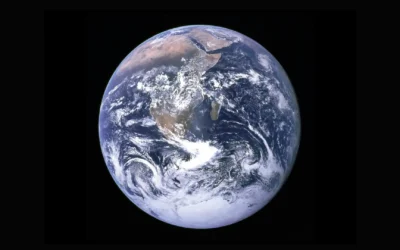The global transportation industry is considered to be one of the biggest contributors of global Greenhouse Gas (GHG) emissions, with power generation and transport having accounted for over two thirds of global GHG emissions in 2019. The transportation industry alone was estimated to have contributed ~27% of global emissions in 2019, with over 8.5 Gt of carbon dioxide dissipated into the environment through the persistent usage of Internal Combustion Engine (ICE) vehicles.
Through the invention of ICE vehicles, the global transportation industry made extensive technological advancements – factors such as travel ranges, affordability, and efficiency were extensively worked upon by automotive organizations, the result of which gave rise to an expansively inter-connected network that allowed for greater inter and intra state accessibility for the transportation of passengers and products. Additionally, ICE vehicles brought various technological advancements in sectors other than those used for transportation. Conventional technologies were used to introduce vehicles withinindustries such as construction and agriculture, greatly reducing the amount of manpower and effort required to carry out operations, thereby decreasing operational costs and increasing productivity within sectors.
However, the explicit tradeoff that exists with the rise of ICE technology has detrimentally impacted the earth’s environment and climate. ICE vehicles make use of fossil fuels to generate power and operate, thereby emitting by-products such as carbon dioxide, particulate matter (soot), oxides of sulfur, nitrogen dioxide, nitric oxide, and carbon monoxide. These emissions interact with the earth’s environment, giving rise to various forms of harmful aftereffects including but not limited to ozone depletion, global warming, acid rain, and air pollution. Carbon dioxide is one of the most commonly found forms of GHG and is responsible for global warming. This global warming in turn gives rise to increasing surface temperatures, leading to devastations such as the melting of polar ice caps, rise in sea levels and flooding. Carbon monoxide is extremely poisonous in nature, while soot and other carbon particles formed through the burning of carbon-based fossil fuels are known to cause respiratory diseases. Coal and diesel combustion results in the formation of sulfur dioxide, while petrol combustion forms various oxides of sulfur, both of which are extremely corrosive and can dissolve in rainwater to cause acid rain, a phenomenon that is extremely harmful to plants, animals, and land fertility. Nitrogen oxides are harmful to plant and animal health, and result in the production of ozone, which on ground levels is harmful to human health and the environment.
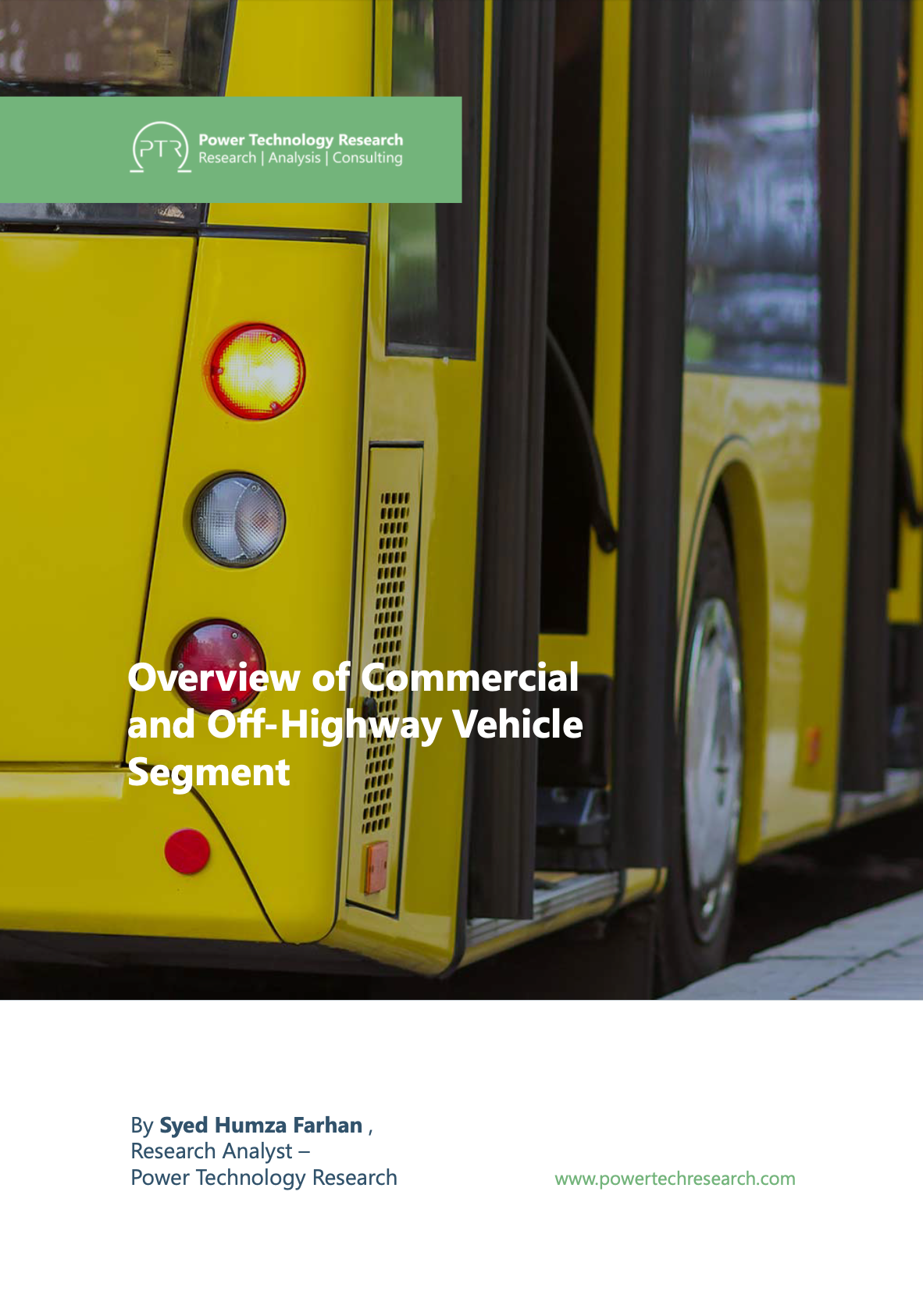
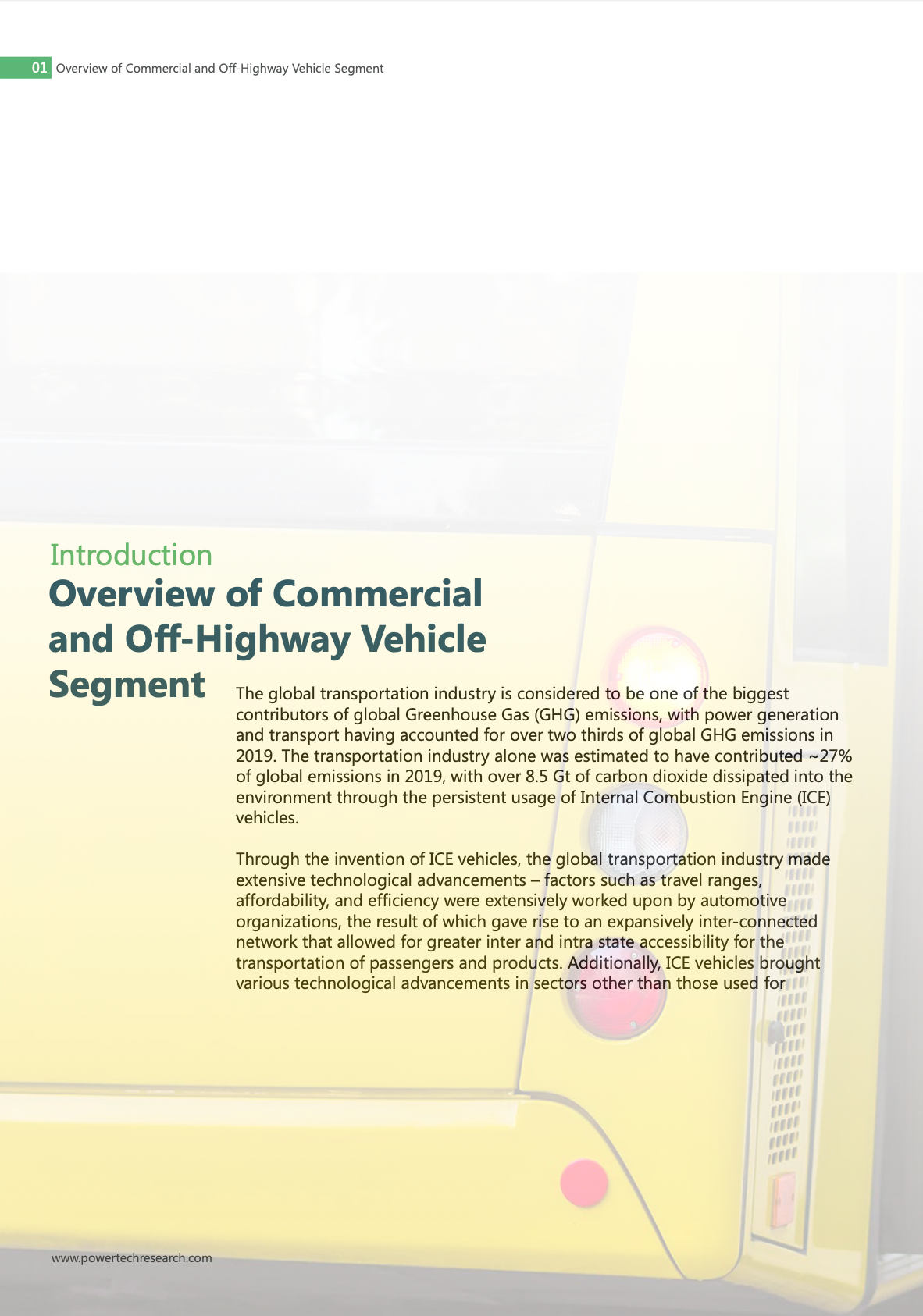
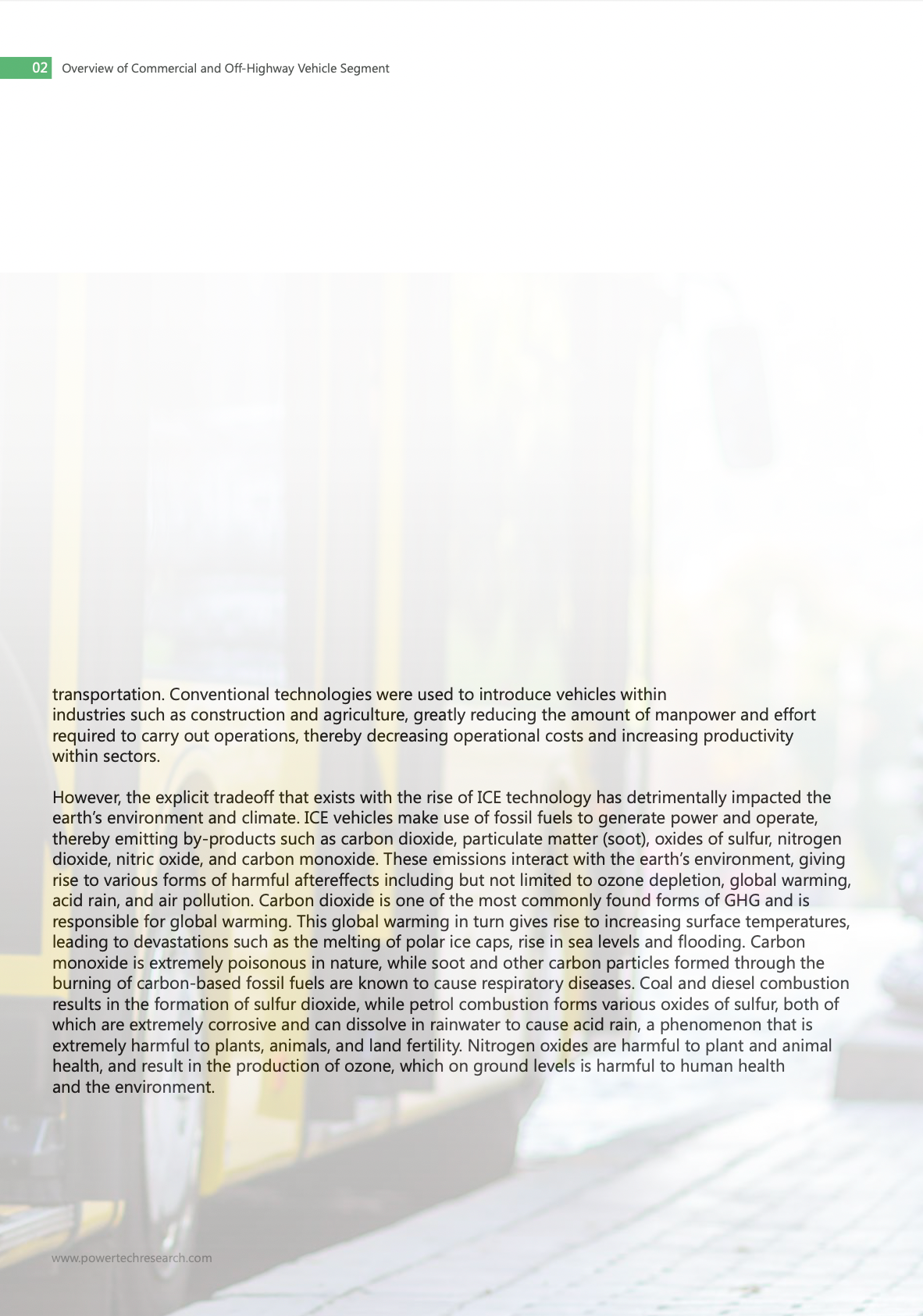
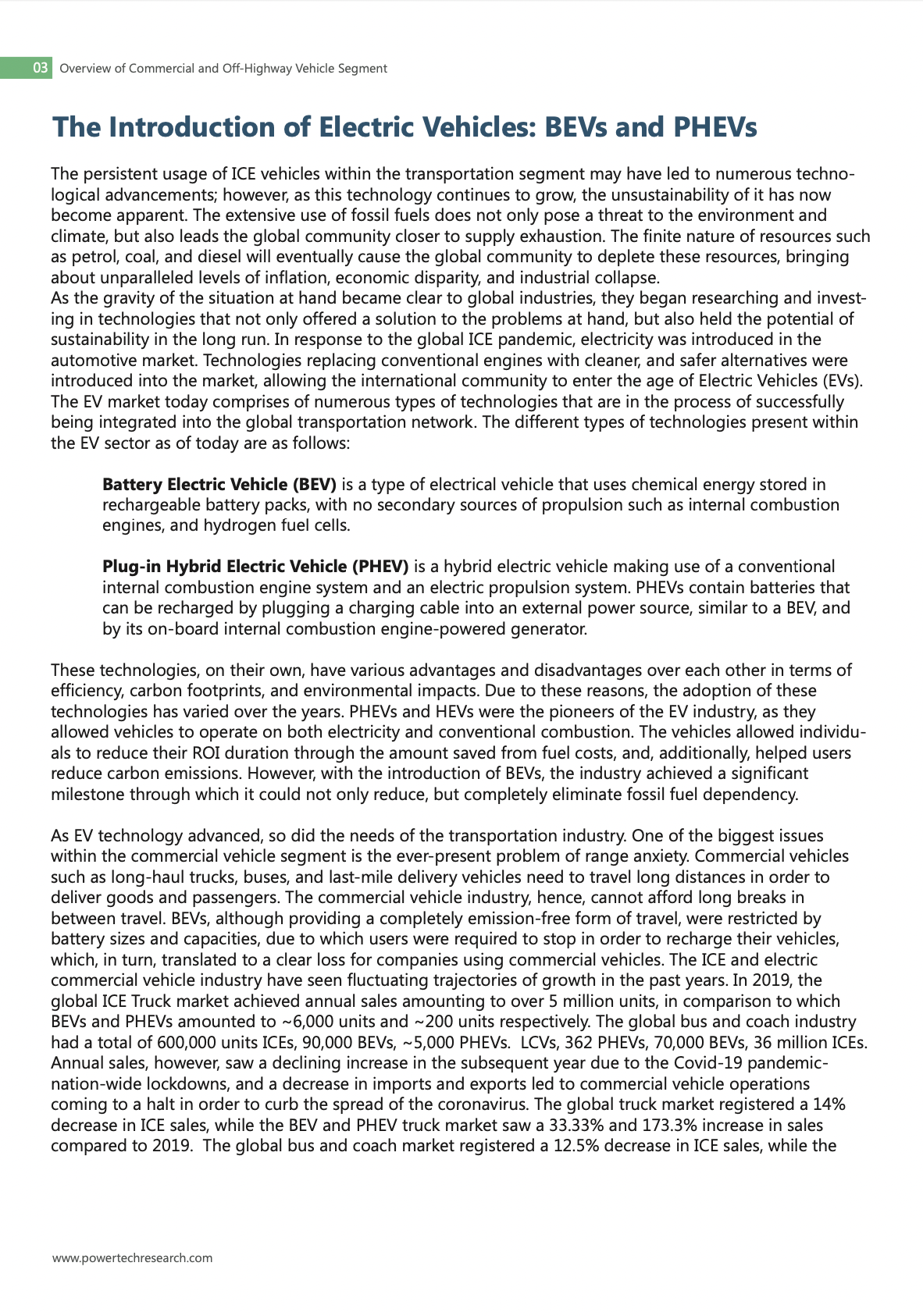
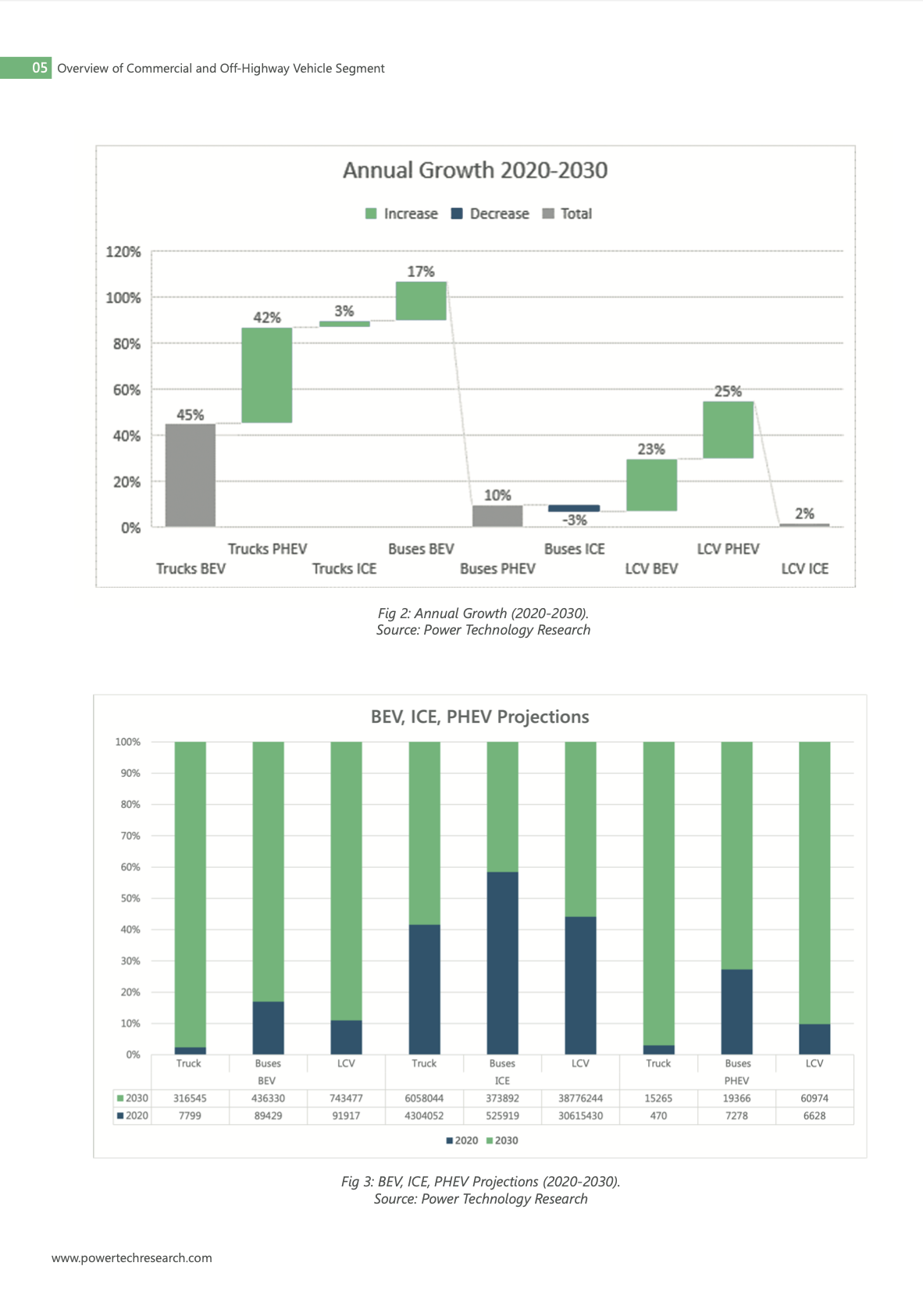

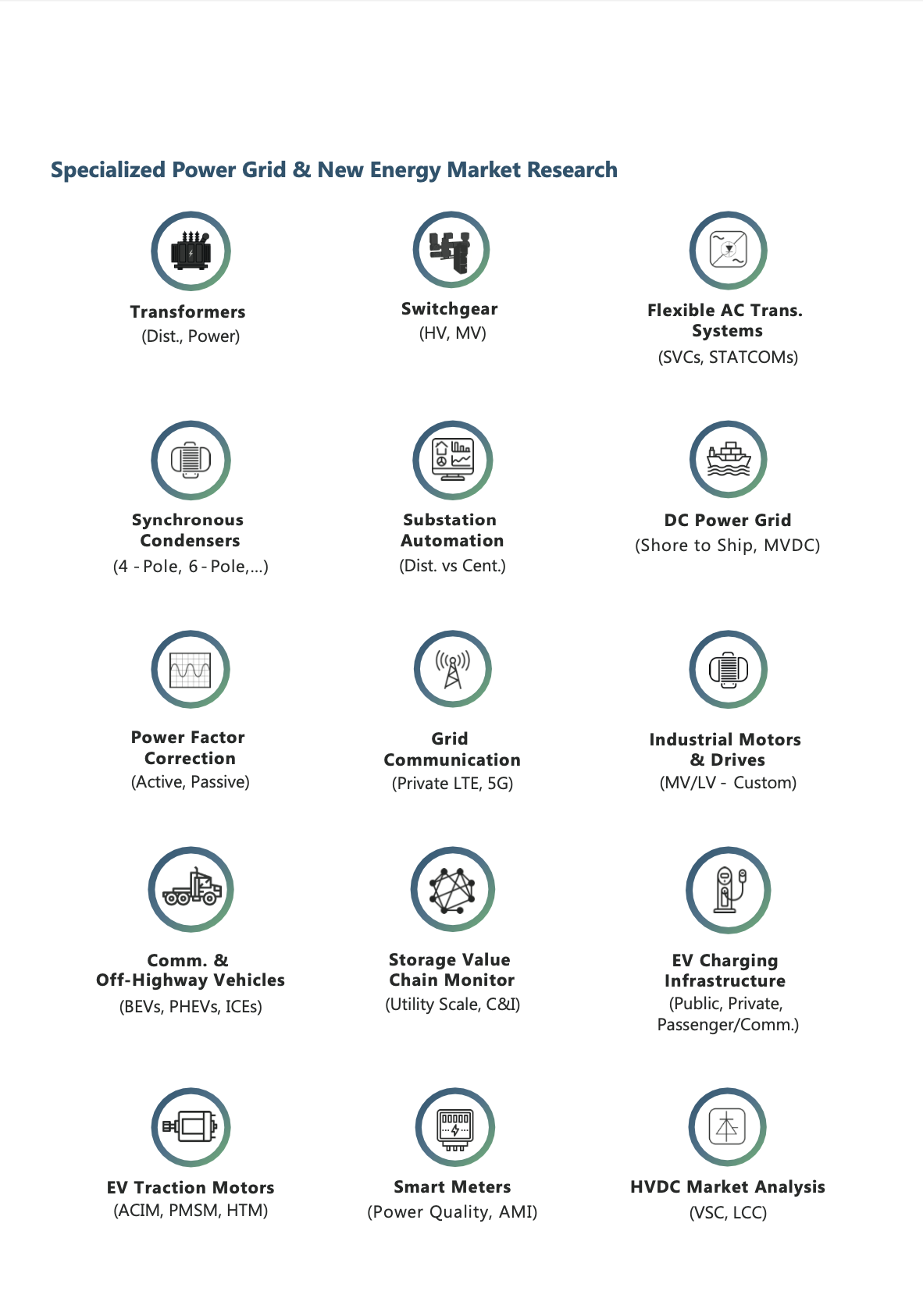
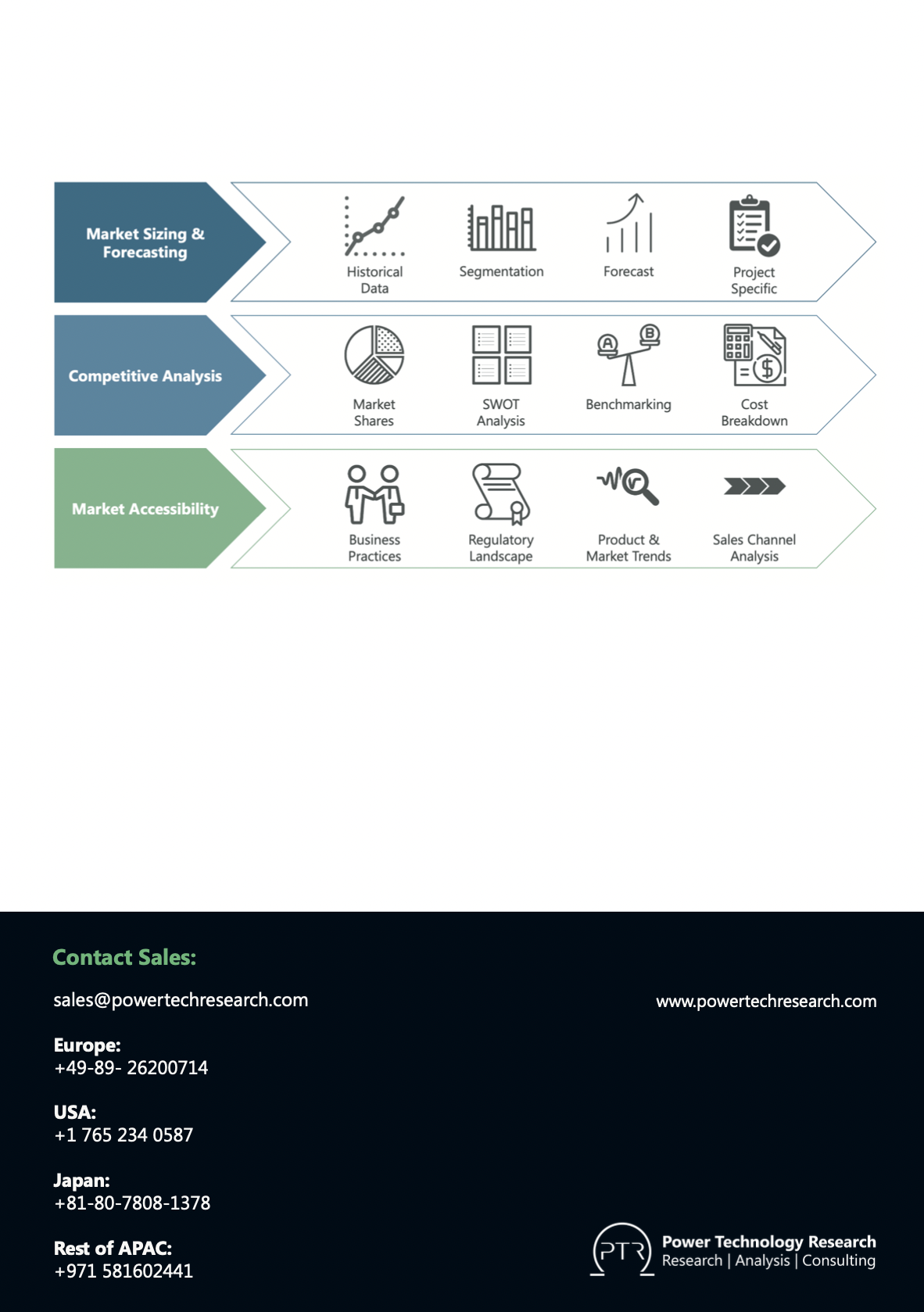
Commercial & Off-Highway Vehicle Service Overview
The research presented in this article is from PTR's Commercial and Off-Highway Vehicle service. For information about this service please submit a request shown below.
Contact Sales:
Europe
+49-89-12250950
Americas
+1 408-604-0522
Japan
+81-80-7808-1378
GCC/Rest of APAC
+971-58-1602441
More about our:
Commercial & Off-Highway Vehicles Market Research
Recent Insights
Sustainability Across Sectors: Highlights from GreenTech Festival 2024
Recently, I had the privilege to attend and present at the Greentech Festival, an excellent event in the realm of sustainability. This influential...
US and EU Strategies in Smart Buildings
Download Service Overview The EU and USA aim to decarbonize their building sectors to meet emission reduction targets. Initiatives like the Home...
COP through the Ages
This infographic takes a cursory glance at the most significant achievements of the Conference of Parties through the years and offers a chance for...


